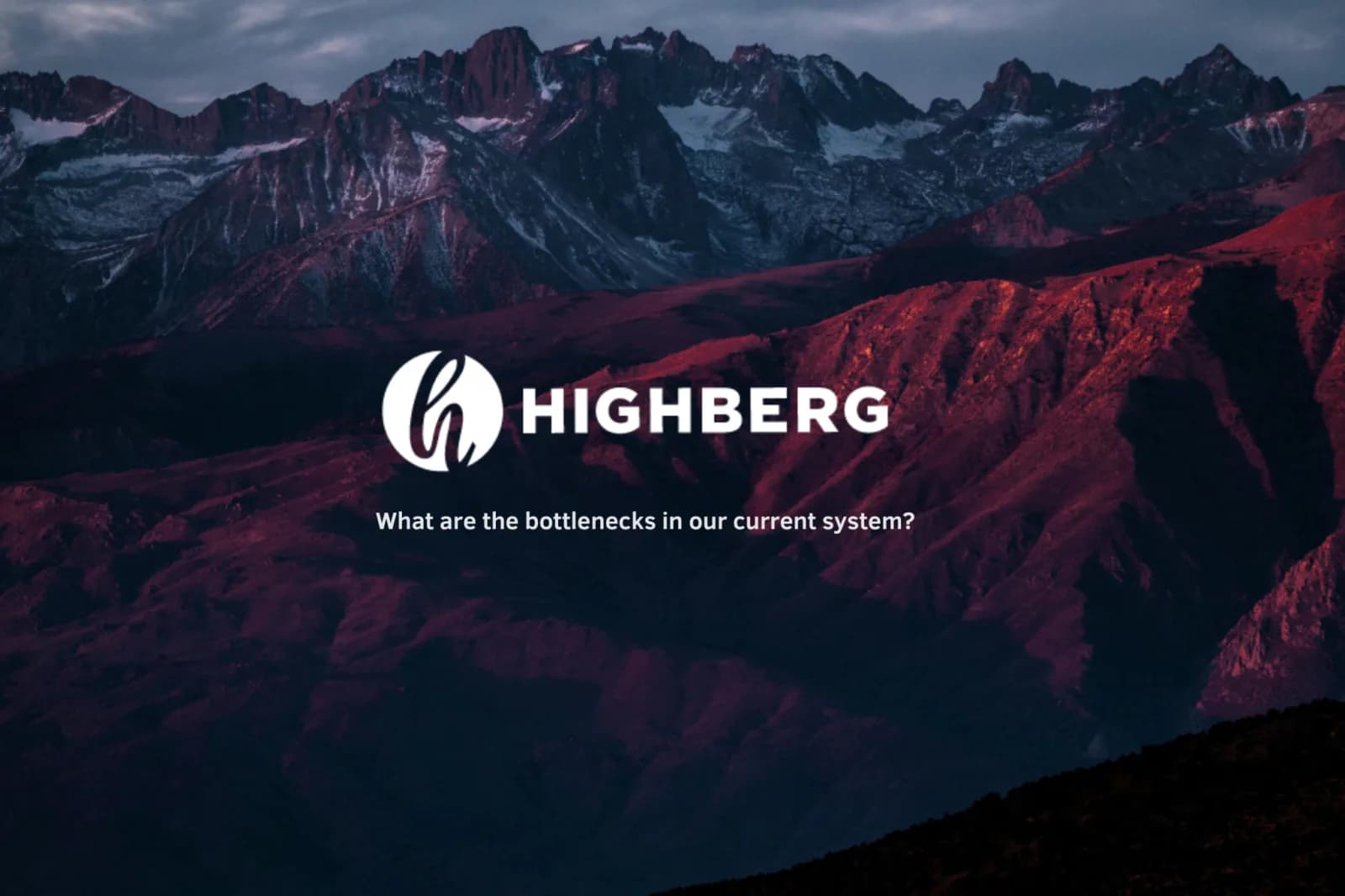What are the bottlenecks in our current system?
Many companies focus primarily on absenteeism figures and overlook the experiences of their employees. By doing so, they miss out on the most valuable insights to reduce absenteeism. Although you cannot inquire about specific illnesses, you can ask how employees perceive the support from the company, their supervisors, and the company doctor. How do people experience the moments that matter in their absenteeism journey?

We identify the bottlenecks in the absenteeism process in the following way:
Method?
- Survey: After each step in the absenteeism process, we ask employees about their experience.
- Interviews: Using the outcomes from step 1, we conduct interviews with absent employees and supervisors who have absenteeism in their teams. These interviews reveal what needs improvement.
Outcome?
The result is a dashboard displaying satisfaction at each step of the absenteeism journey for the entire organization, per team, or other organizational segments such as regions or departments. Additionally, we enhance the absenteeism process based on conversations with employees and supervisors who have gone through this process.
What is needed?
Personally approach a randomly selected group of employees to ask if they are willing to help improve the absenteeism process. Our experience shows that employees are eager to assist. Conduct a workshop to outline all steps of the absenteeism journey so that we can ask employees about their experience at each step. The basis for this is, of course, the Eligibility for Permanent Incapacity Benefit (Restrictions) Act. During this period, both employer and employee have several obligations concerning reintegration.
Added Value?
By improving the journey, you can shorten the time until an employee reports back to work and potentially even prevent a subsequent sick leave.
Related Insights

